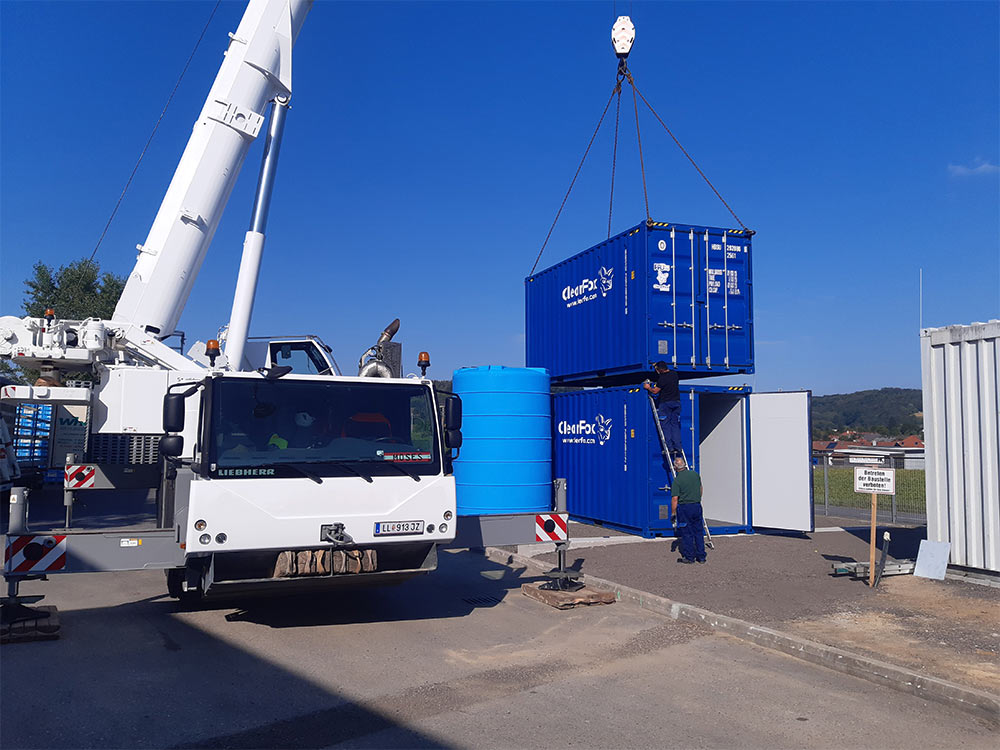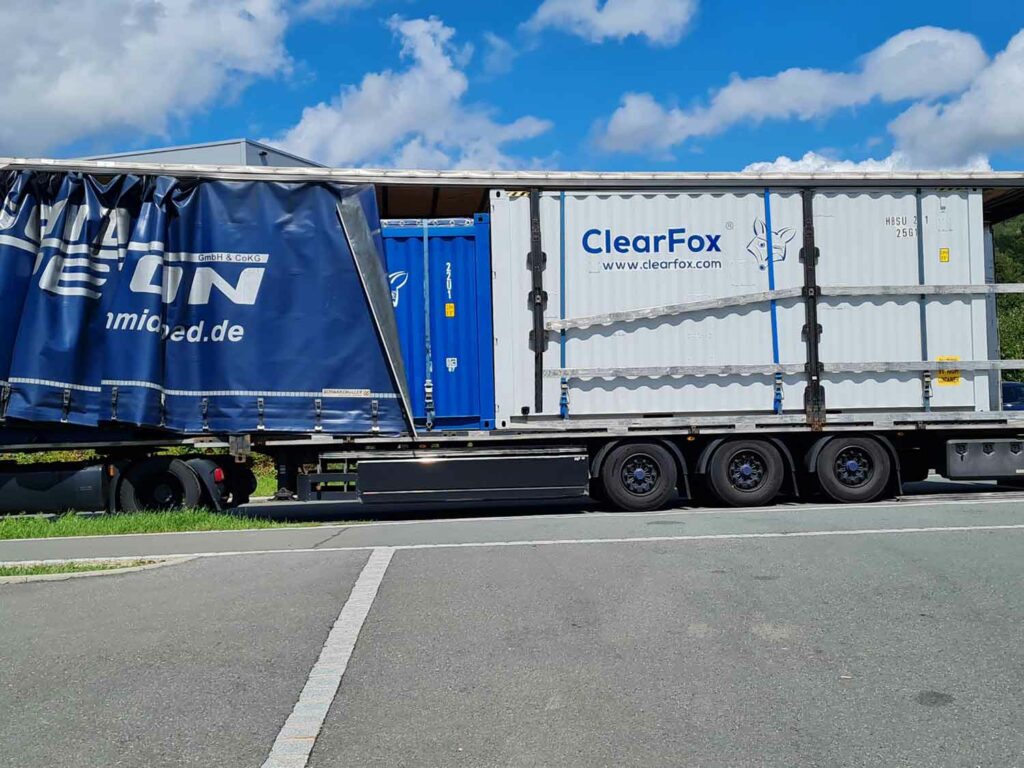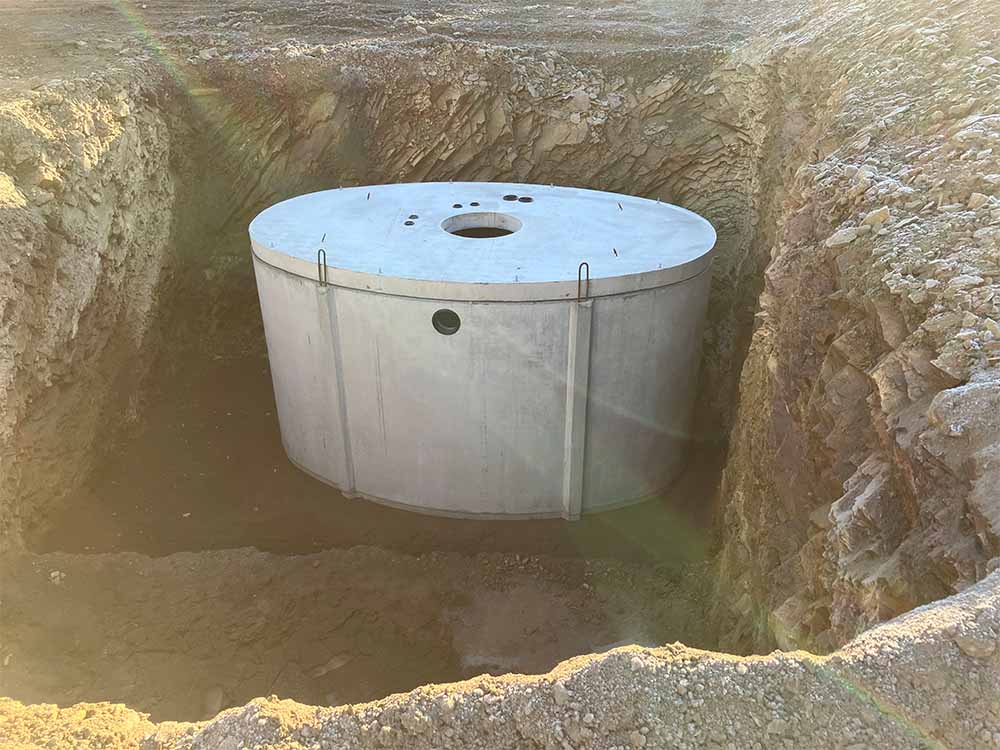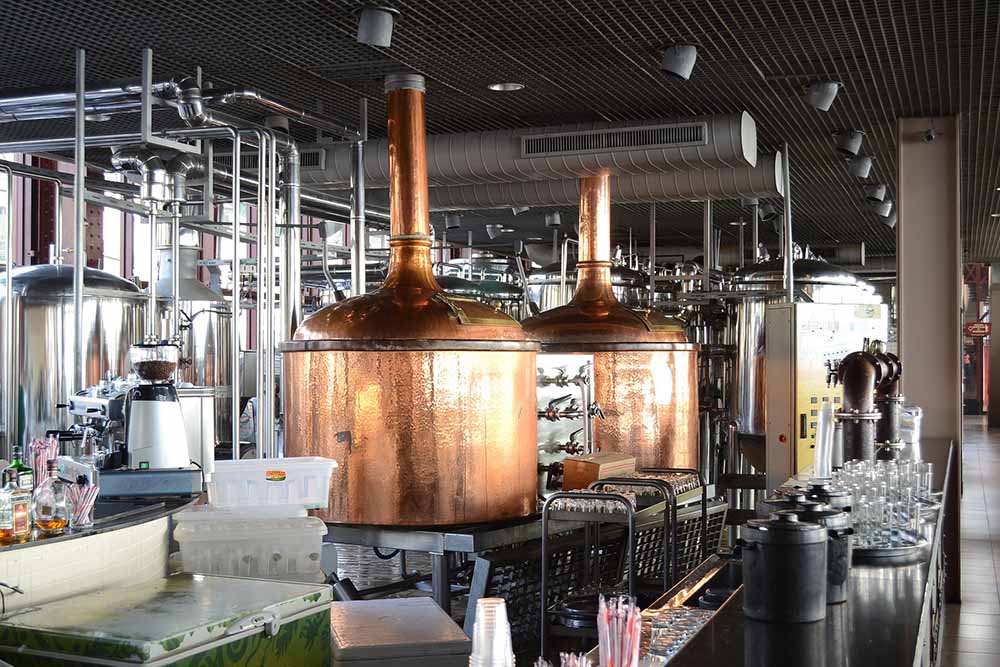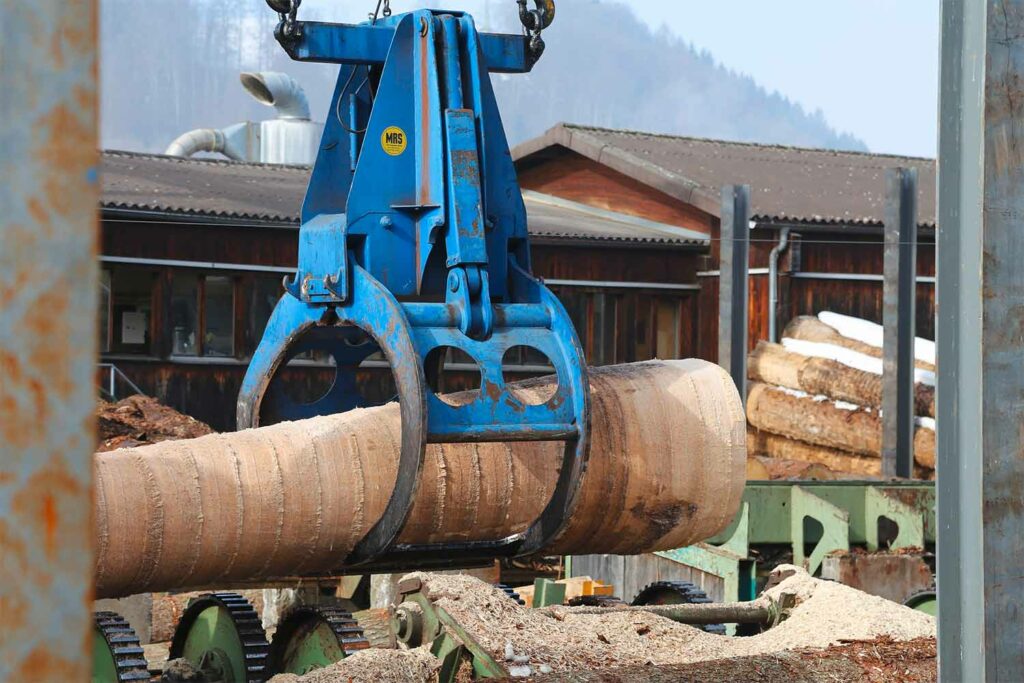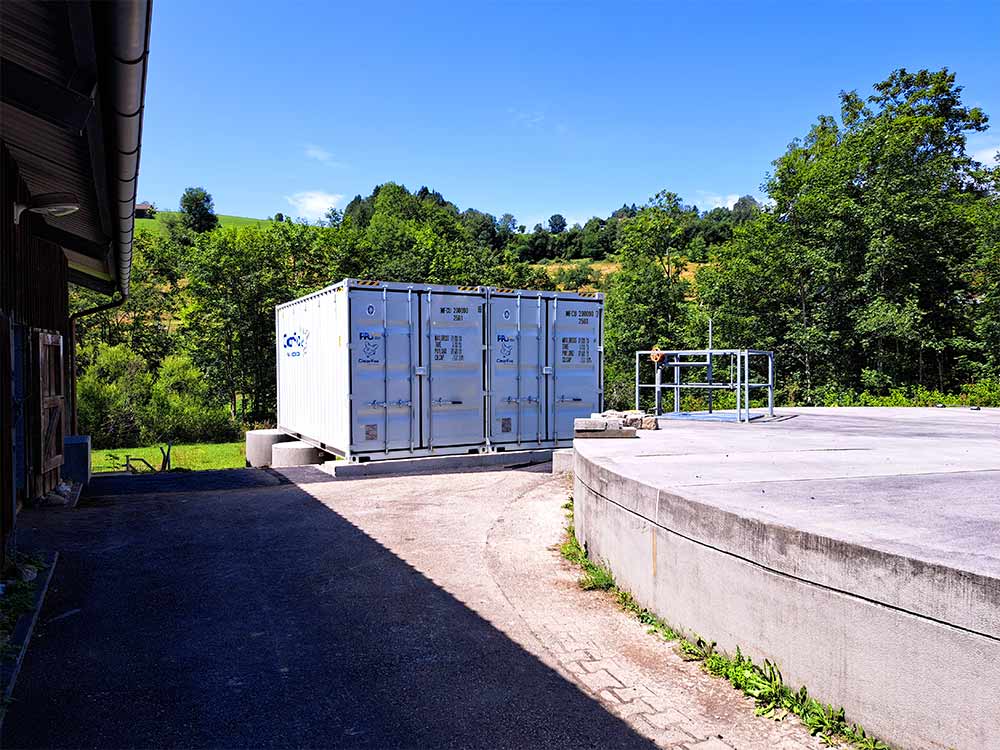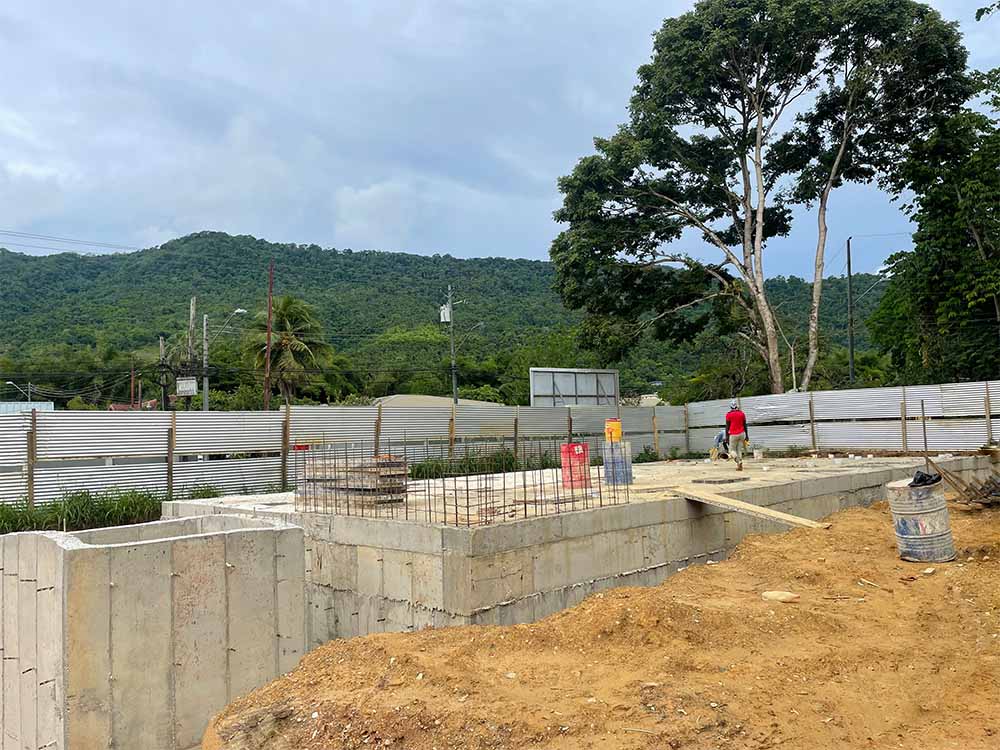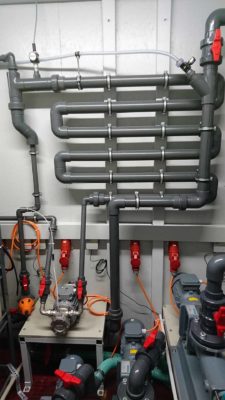
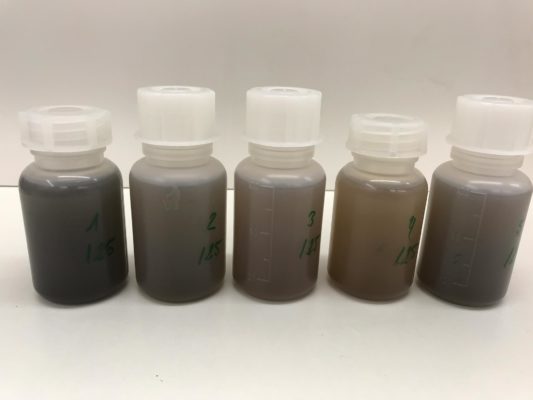
Project
Pig fattening farm
Data
2019
Location
Germany
Size
27 m³/day
Modules
Buffer
DAF
FBBR
Denitrification
Sector
SITUATION
Agriculture is facing ever greater challenges when it comes to manure treatment. The animals and areas that a farmer looks after today have grown at an above-average rate in recent years. While small farms often cannot remain in existence, large farms cater to more and more people. But the relationship between the animals a farmer cares for and the land available to spread manure has also shifted. Land has not been able to keep up with the growth in livestock.
The resulting slurry must be spread by the farmer on his land if he does not have it transported away at high cost. However, as the manure contains a high proportion of ammonium, nitrite and nitrate, which is converted into nitrogen in the soil, this leads to acidification of the soil and groundwater. This is harmful to humans – for example, too much nitrate can be carcinogenic in the body. Therefore, if the area for spreading the manure is too small, manure treatment is necessary.
The counties specify the limits to which every farmer must adhere. Although these values vary, agriculture should never exceed a nitrogen quantity of 170 kg per hectare and year.
PROBLEM
The challenge in manure treatment is that the amount and composition of the respective manure differs between farms. This depends on the one hand on the animals and the number of animals the farmer keeps, and on the other hand on the feed the animals get. While a pig excretes around 2 m³ of slurry per year, a cow excretes around 23 m³ of slurry per year. But also medicines, which are mainly given to pigs, have an effect on the manure.
In Germany, the spreading of liquid manure is strictly regulated. Every farmer has to adhere to blocking periods. Likewise, the legislator prescribes the methods by which farmers may spread the liquid manure. The decisive factor here is that the slurry is only applied to the field when the plants can best absorb the nutrients. To avoid overloading the soil with nutrients, many farmers need to take action to optimize manure treatment on their farms.
SOLUTION
During manure treatment, ClearFox® treatment plants reduce the amount of biodegradable carbon compounds, such as COD, BOD5 as well as nitrogen compounds. At the client’s plant, a decanter pre-treats the raw slurry. This was already available on site and could be integrated into the manure treatment plant. A pump transfers the liquid components of the slurry to the purification plant. This consists of two buffer tanks, which were also already owned by the client and pre-aerate the wastewater. This serves on the one hand for mixing and on the other hand for pre-decomposition of the degradable substances. The next step is dissolved air flotation (DAF). It mainly reduces suspended solids, COD, BOD5 and phosphorus.
The resulting flotation sludge can be further used by the farmer for agricultural purposes in accordance with the applicable regulations. In the next step of manure treatment, microorganisms break down the carbon compounds (COD and BOD5) and nitrogen compounds. For this purpose, the plant discharges the pre-treated wastewater into a 20-foot HC ISO see container, where a submerged and aerated fixed bed is installed in two container-filling PE tanks. Denitrification then follows to reduce the nitrate (NO3N) formed in the fixed bed to elemental nitrogen (N2). This is 78 percent part of the air and can therefore be released into the atmosphere without hesitation.
For manure treatment, the ClearFox® team always adapts the treatment plants from to the specific conditions: The treatment capacity relates to the number of animals living on the farm and the area the farmer has available to spread his slurry, as well as any plant components that may be available. Through an effluent analysis in the in-house laboratory, the ClearFox® research team can determine exactly what the slurry consists of. Engineers then adjust the manure treatment system so that the farmer can begin spreading the slurry evenly over the entire available area of his fields without exceeding the specified limits.



